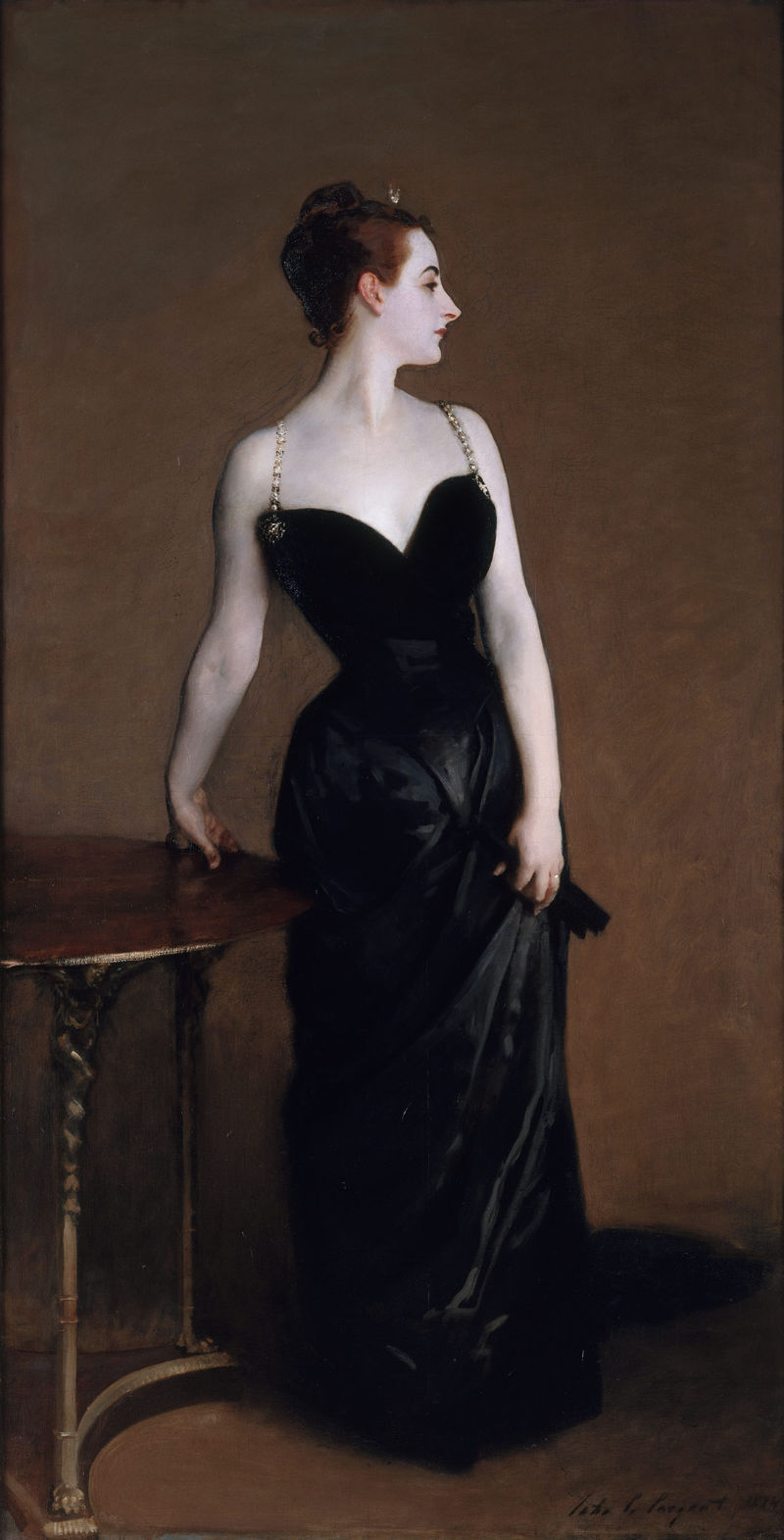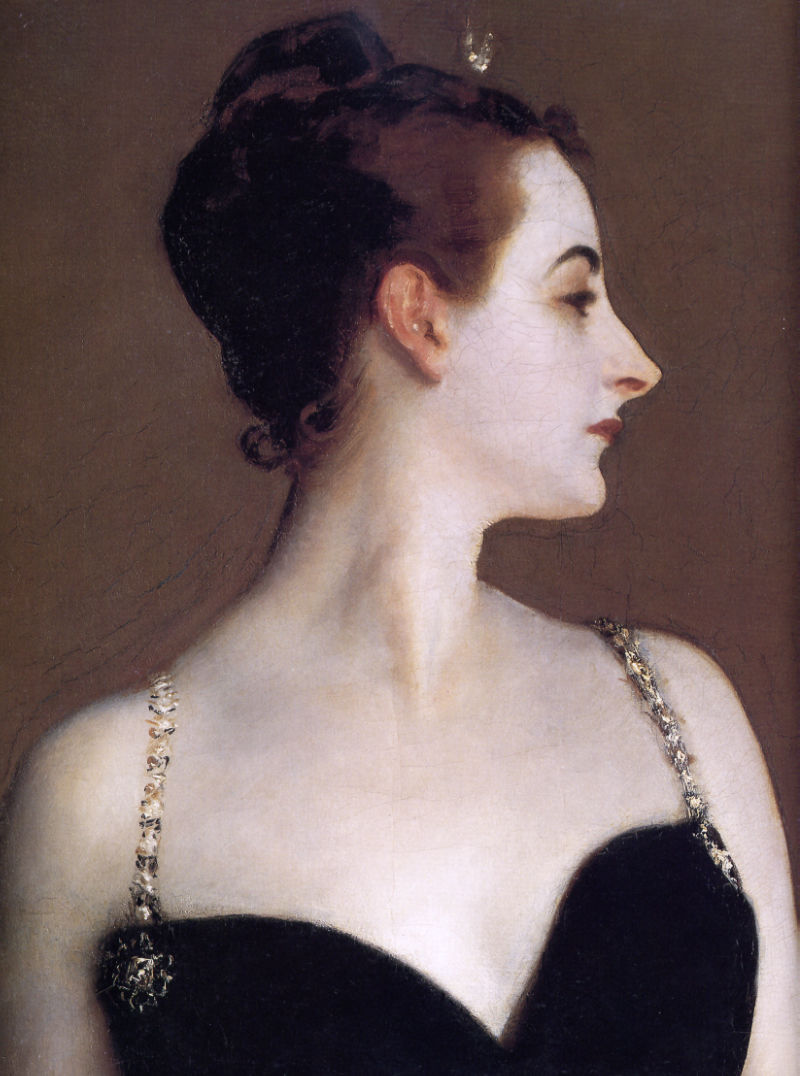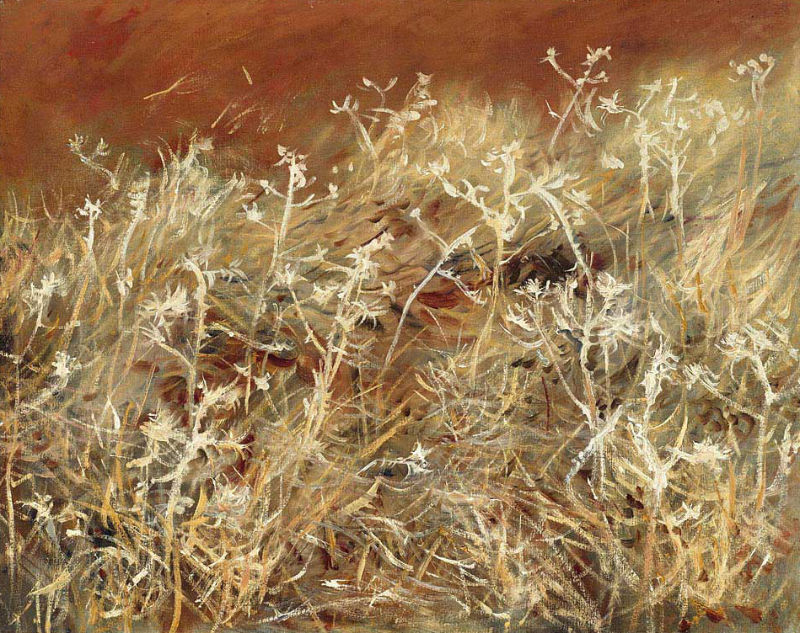Blog / 2010 / Where John Singer Sargent Gets Prickly
September 16, 2010
John Singer Sargent was an extraordinary artist. His work was daring enough to be noticed, but not so daring that it was dismissed, meaning that, through his paintings, the 19th century art public gained a taste for the unconventional.

Only once did Sargent slip up in negotiating the changing aesthetics of his age, creating a piece which was considered too risquée by his audience. But, with the exception of Madame X, Sargent’s work walked the line between traditional and avant-garde well enough to allow him to become a popular portrait artist.

His ability to make a living doing custom art might impress me too, except that, later in life, Sargent complained bitterly about it. Writing from Palermo in Sicily in 1901, he said: “I have come to this tuberculous place to avoid portraits.” (From Elizabeth Cayzer’s Changing Perceptions: Milestones in Twentieth-Century British Portraiture 1999.) Among art historians, he’s become the posterboy for commission work robbing artists of their originality, a narrative that I find particularly irritating as a creative who makes her living from doing custom work.

Which is probably why I was so pleased to discover this ugly painting by Sargent at the Art Institute of Chicago. I know, I know...I’m not supposed to say something like that about another artist’s work. I’m allowed question their intentions or hint at an opinion, but calling art “ugly” takes it too far.
The truth is that I’m a little shocked by how much I enjoyed coming across Thistles. I admire a lot of Sargent’s work, and I tend to think that it’s hard to deny his virtuosity even if his paintings don’t speak to you personally. The pleasure I feel in seeing Sargent fall flat with Thistles has very little to do with the image itself. Rather, it stems from how protective I feel towards commission work.
Doing custom art doesn’t compromise an artist’s integrity unless that artist is doing it wrong.
When you’re making personalized pieces for specific clients, you need to have good boundaries, so, if Sargent hated it so much, it’s very likely that he didn’t know how to communicate his needs. I feel sorry for Sargent, but not for the reason you might think.
When I look at Thistles, I see an artist struggling to make a compelling composition without the anchor of a figure. Of course, I know nothing about the circumstances surrounding the creation of this piece. It may very well be some kind of pre-Modernist experiment in abstraction, but there is an irony to just how bad it is.
It seems that the fuller artistic freedom that Sargent craved sabotaged him. He may have chafed at the close interaction with his audience that is required for commission work, but I’m pretty sure its limitations fed his creativity and it’s sad that he couldn’t acknowledge it.
Maybe this post made you think of something you want to share with me? Or perhaps you have a question about my art? I’d love to hear from you!
To receive an email every time I publish a new article or video, sign up for my special mailing list.
If you enjoyed this post, Ko-fi allows you to donate. Every dollar you give is worth a bajillion to me!



